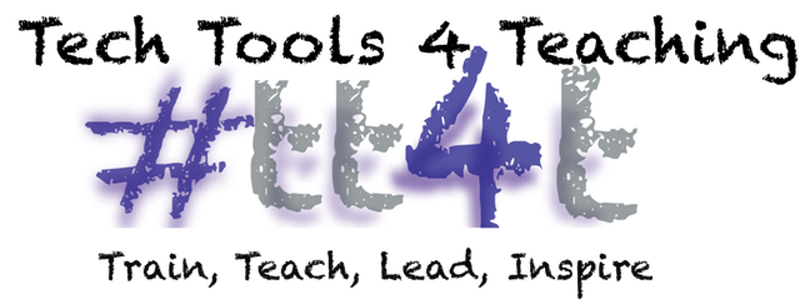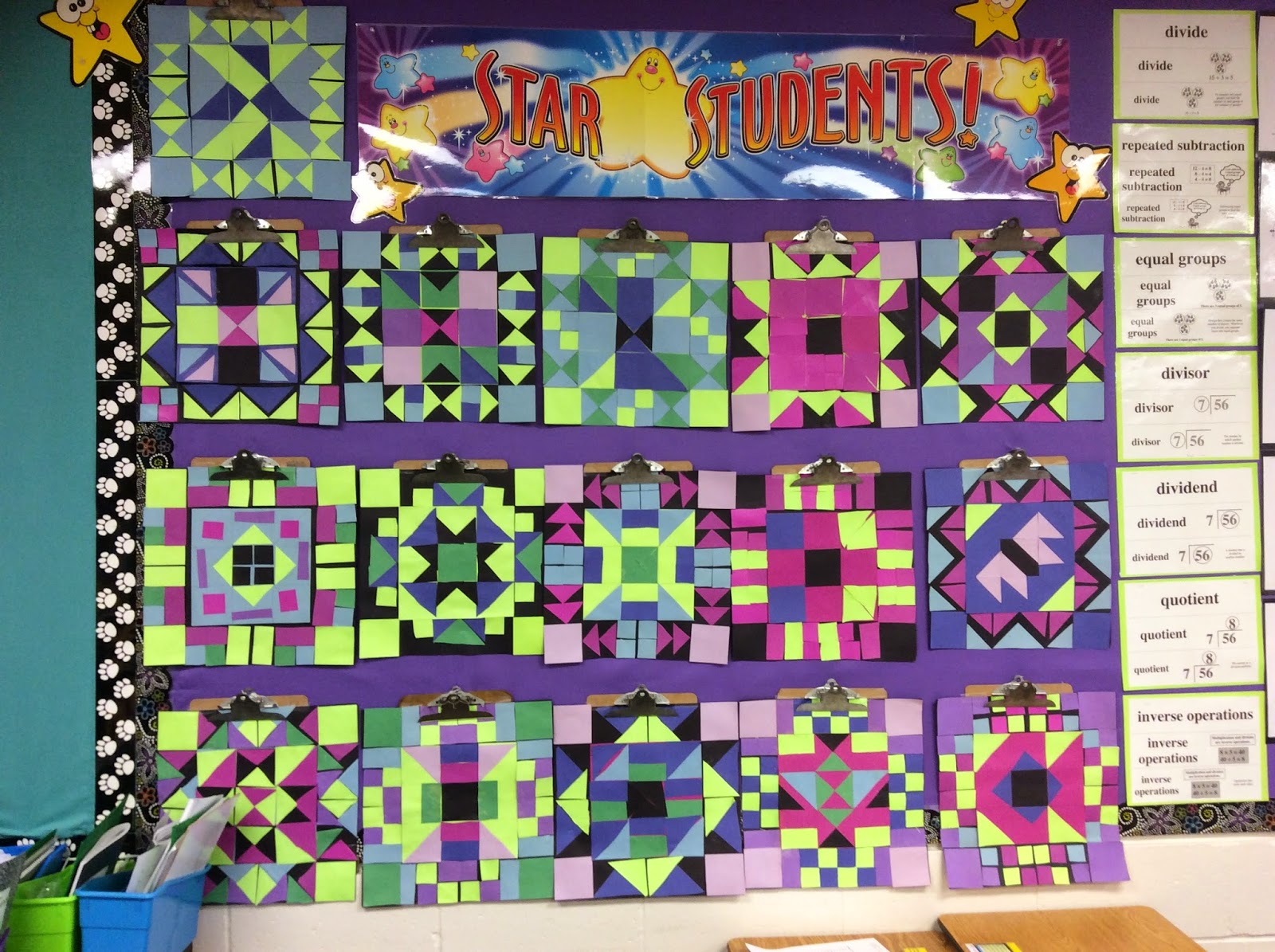Amazing authors abound in Bellevue Public Schools! Bellevue Public Schools, in conjunction with Apple and the Nebraska Department of Education, were thrilled to showcase student-created eBooks at the NE iBook Showcase on Thursday, March 26, 2015, at the Support Center in Bellevue, NE. Students in grades 3 - 8 participated in the iBook Showcase. Kristina Peters, eLearning Specialist & School Library Liaison, NE Department of Education, and Mark Billington, from Apple, kicked off the showcase with enthusiasm and applauded the students for creating their books. “It is fantastic to celebrate your accomplishments,” said Billington. “Keep up that fantastic effort. We want you to keep writing and authoring books and it is fantastic to see the effort that was put forth. I look forward to hopefully seeing all of your projects this evening.“
Parents, students, and guests enjoyed visiting with the authors one-on-one. The students shared excerpts from their books in this informal setting.
 |
| Kristina Peters, eLearning Specialist, visits with 4th grade student Natalie McNamara |
Each book is unique, just like its author. Books covered a variety of curricular topics from poetry, parts of speech, to history in a variety of genres from mysteries to non-fiction. Elementary students created their books using the Book Creator App on the iPad; some middle school students used iBooks Author on the MacBook. Not only do these books include text, but the students also incorporated a variety of media including illustrations, pictures, and movies. Students use a variety of apps such as Notability, Screenchomp, Thinglink, and Pic Collage for illustrations as well as movies created in iMovie, Explain Everything, Shadow Puppet EDU, and audio recordings which makes their books come to life.
For example, Matthew Breuker, 3rd grader at Bellevue Elementary, said he used Screenchomp to illustrate his book. On his reflection page, he illustrated himself as a pilgrim and put himself on the page as one of the first settlers in Jamestown.
 |
| Matthew Breuker, 3rd grade author |
The NeBooks Project is a partnership between schools, state agencies and non-profit organizations across Nebraska for the common purpose of providing quality instructional materials. Students are creating eBooks in all content areas to be added to the eBook Library housed at the Nebraska Department of Ed http://www.education.ne.gov/nebooks/ . Peters said, “Your books will be posted on our website and available to anyone. That means you will be published authors which will be awesome. I am not even a published author.”
Bellevue students already have their next books in the works! The elementary students are working on weather books and Nebraska history books, while the middle school students are working books of their own choice.
In addition to the evening showcase, these students will have an incredible opportunity to attend the Nebraska Book Festival on on Saturday, April 25, at the UNO Community Engagement Center. The book festival is free and open to everyone who wishes to meet, hear, and talk with a few of Nebraska's many talented authors who have published new works. All participating authors will answer questions from the audience and be available for book signings.
If you are a Nebraska student or teacher who has created a digital book this year and would like to show your work, please contact Kristina Peters .
Related Links:
Read about our project from WOWT news by clicking this link.
Read Michelle Klamm's blog post iCan Publish My Own Book.
Written by Ann Feldmann and Jennifer Krzystowczyk
Pictures and videos by Ann Feldmann







